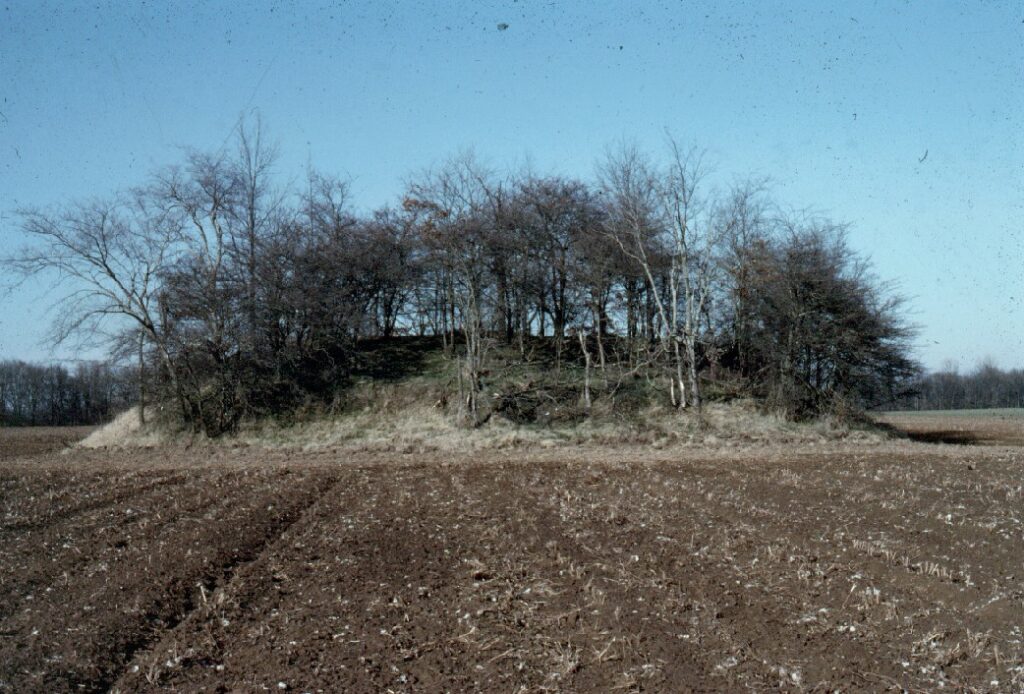




About
Archeological sites are places where people have lived or worked in the past and left some physical evidence of their habitation. Archeological sites are the basic building blocks that archeologists use to reconstruct the past. Due partly to its diverse environment, Arkansas is rich in archeological sites. Nearly 48,000 sites and 6,700 archeological projects are on record in the state, and many sites are yet to be discovered. Some of these sites are the remains left by the Native Americans, who were thought to have entered the state as early as 15,000 years ago. Most of these consist of open artifact scatters that represent a variety of past activities, but many other site types are also known to occur including bluff shelters, quarry sites, pictograph and petroglyph sites, as well as spectacular ceremonial centers containing some of the largest temple mounds in the Southeast. Numerous historic archeological sites span from the early colonial period to the 1960s and include towns, forts, farmsteads, houses, plantations, slave quarters, Civil War era forts, battlefields and camps, industrial sites, as well as remnants of early trails, traces and roads. Many of the rivers in the state also contain the remains of underwater sites like steamboat wrecks and dugout canoes.
Because archeological sites can occur just about anywhere, and many are still yet to be discovered, ARDOT archeologists conduct on the ground surveys of all potentially earth altering highway projects. This not only includes the location of future roadways, but also borrow pit locations, construction access roads, waste areas, and equipment storage areas. A variety of methods are used to identify new archeological sites, ranging from initial map and record reviews and interviews with landowners to hand and mechanical excavation of shovel tests and test pits. Side scan sonar followed by underwater exploration are methods often employed to search for underwater resources. When significant archeological sites are located, avoidance is the first alternative considered. When significant sites cannot be avoided, an approved data recovery plan is often implemented to assure that impacts to the resource are mitigated.
Data Recovery
Data recovery is a term that most often refers to the mitigation of adverse impacts to an archeological site through excavation and documentation. Data recovery is often time-consuming, tedious, and costly, and is generally used only as a last resort. To begin, a data recovery plan is prepared that outlines the recovery methods to be used as well as research questions and goals of the project. Once the plan is approved, site excavation can proceed according to the guidelines outlined in the data recovery plan. Most highway projects involving data recovery are labor-intensive and generally carried out by qualified consultants.
